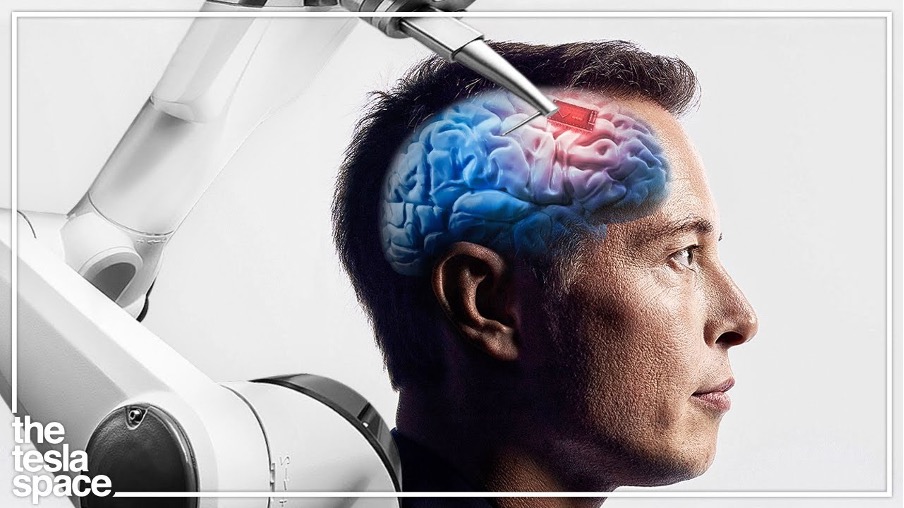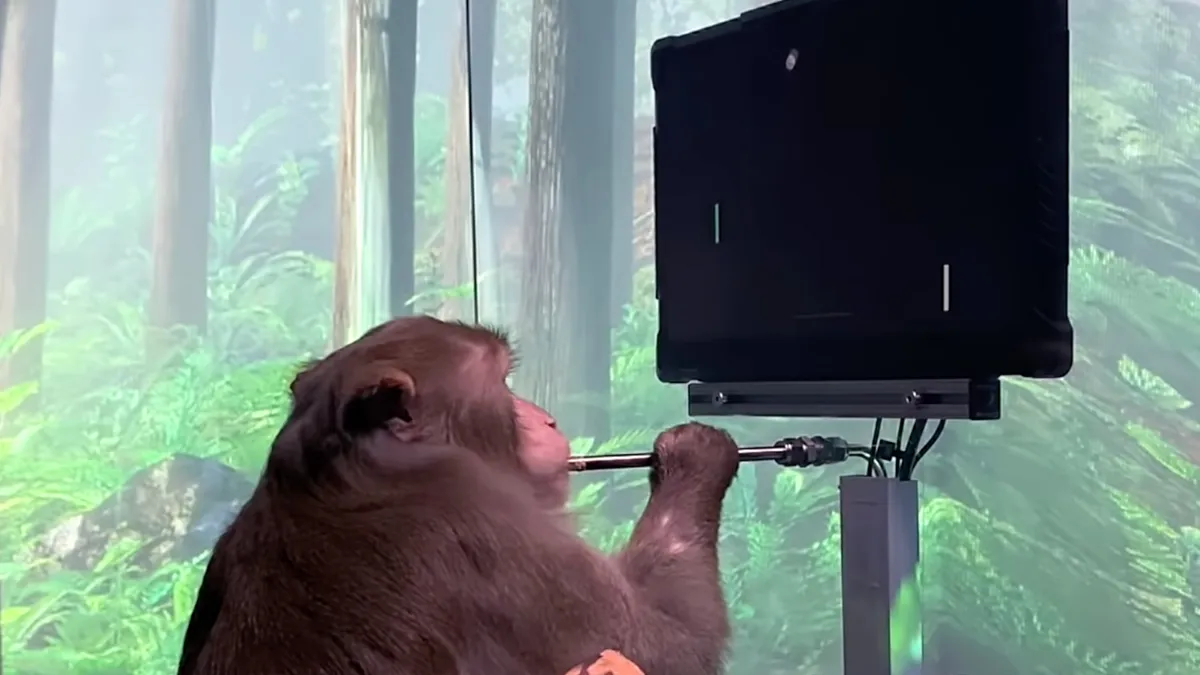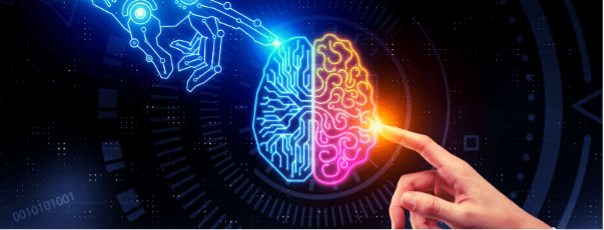We’re doomed if we don’t combine our brains with artificial intelligence. We will be left in the dust by algorithms, our grey matter’s processing power dwarfed by that of machines.
Don’t know about you all but Elon Musk, CEO of SpaceX and Tesla, believes so.
“Obviously, we want to be extremely careful and certain that it will work well before putting a device in a human, but we’re submitted, I think, most of our paperwork to the FDA,” he said.
Musk also said he plans to get one himself. “You could have a Neuralink device implanted right now and you wouldn’t even know. I mean, hypothetically … In fact, in one of these demos, I will,” he said.
The Washington Post said it was “unclear whether the FDA is considering a request to begin human trials”.
“We’ve been working hard to be ready for our first human, and obviously we want to be extremely careful and certain that it will work well before putting a device in a human,” Elon said.
Some believe that human progress will eventually lead to human-machine fusion. Macro-historian Yuval Noah Harari wrote extensively on the subject in his book Homo Deus. Harari said, “In the future, it is likely that the smartphone will not be separated from you at all, it may be embedded in your body or brain, constantly scanning your biometric data and your emotions.”
In the meantime, Kevin Warwick, a cybernetics professor at Coventry University, told Wired that he agrees “100%” with Musk regarding the necessity of combining with AI: “That’s the way to go and it’s incredibly exciting.”
What Is Neuralink?
With Elon Musk leading the organisation, it’s not a leap to say that Neuralink’s goal could have been taken from a mad scientist’s journal. However, if you look past what at first glance appears to be a science fiction horror film, you can catch a peek at a very different future for humanity—one that possesses a sixth sense called Neuralink. NO, BUT SERIOUSLY…NEURAWHAT?
Well, Neuralink is a tool that will first be used to assist paraplegics with basic things like using an iPhone and clicking a mouse on a computer without making any bodily movements. To be clear, human trials have not yet begun. Elon Musk and his colleagues are optimistic that they will get underway by the end of 2020, they base that prediction on the difficulty of obtaining FDA approval. According to Musk, Neuralink prototypes have so far been tested on rodents and even monkeys.

Neuralink does require some components to be surgically implanted on the surface of the brain. However, since the 1970s, brain implants have been the subject of study and development, testing, and application. It’s only that until recently, brain implants weren’t viewed as improvements because our brains are still largely a mystery, and we have only lately begun to unravel the genetic basis of our intelligence.
By conducting a test with electrodes—devices that are used to detect electric fields—they were able to come to this conclusion. In the brain, electric fields happen when neurons fire messages to one another; Neuralink utilises the electrodes to determine when this is happening.
At the very least, the electrodes need to be located underneath the skull. And that is precisely what they intend to achieve. The electrodes will be attached beneath the skull along with a tiny receiver. No, you won’t have an antenna protruding from your head, and poles won’t be poking holes in your head.
What might the world of neuralinks look like?

Most of us consider having a bionic superbrain chip robotically implanted in our heads to be a once-in-a-lifetime experience. That is how Musk and his group intend to preserve it. Already annoying; software updates constantly take place when we do not want them to. The attractiveness of having a superbrain is somewhat diminished by the thought of having to visit the neighbourhood neurosurgeon each time the software requests an upgrade. As a result, a sizable portion of Neuralink is worn behind the ear, outside of the skull.
The battery and software are both housed in this wearable, known as the Link. In this manner, one may take the smartphone out to recharge when the battery is at 5%. The processing for a software update also takes place on the Link.
These things are really, really small. We really cannot manipulate them with our hand. The threads are peeled off one at a time by the robot to place into the brain… So we had to build a surgical robot… The surgery is not possible without the robot.
– Max Hodak, President of Neuralink
Max Hodak, a co-founder and president of Neuralink, resigned from his position in April 2021.
He disclosed that he was engaged in a rival in February 2022.
Hodak tweeted that he was still a “big cheerleader” for Neuralink after making the announcement that he had left the firm a few weeks earlier on May 1, 2021.
In a blog post from February 2022, Hodak revealed that he had been advising Synchron,
a competing biotech firm that had beaten Neuralink to human testing through its own neural interface technology.
Hodak also informed Bloomberg via email that he had invested in Synchron.
“I really don’t want this to be construed as a knock on Neuralink.”
“I’m sure they will also get into humans soon too,” Hodak told Bloomberg.

[Neuralink] is not a mandatory thing. This is a thing you can choose to have if you want. This is something I think will be really important at a civilization-level scale.
– Elon Musk
During a “show and tell” recruitment event recently, Neuralink, Elon Musk’s health technology company, provided advancements in its brain-implant technology. During the occasion, Musk declared his intention to purchase one of the implants for himself.
The first time Musk stated that Neuralink might start testing on humans was during an appearance on “The Joe Rogan Experience” podcast in May 2020. In a February 2021 Clubhouse interview, he asserted the same thing. Neuralink, in Musk’s opinion, may give the human brain a third level of digital superintelligence. Their ultimate objective is to integrate artificial intelligence with humans (AI).
“We are already a cyborg to some degree,” Musk said to Rogan:
“You have your phone, laptops, and devices. I mean today, if you don’t bring your phone along, it is like you have missing limb syndrome. We are already partly a cyborg.”
In the podcast with Rogan, Musk suggested that Neuralink might one day allow people to communicate without using words.- “If the development continues to accelerate…then, maybe …5 to 10 years. That’s the best case scenario…10 years, more like it.” He added, “It could, in principle, fix anything that’s wrong with the brain.”
Neuralink might be able to cure neurological disorders:
Neuralink seeks to treat neurological disorders, including Alzheimer’s, dementia, and spinal cord injuries, by implanting wireless brain-computer interfaces with thousands of electrodes in the most complex human organ.
“An implantable device can actually solve these problems,” on a webcast, Mr. Musk mentioned conditions like memory loss, hearing loss, melancholy, and insomnia.
Violation of Animal Welfare Act

According to Reuters, the Animal Welfare Act, which specifies how researchers should handle such animal testing and treatment, is the subject of the inquiry, which the Inspector General Office of the US Department of Agriculture launched.
Many test animals have been killed due to Musk’s dangerous experiments and needless animal suffering in the name of expediting progress.
According to the news agency, repetitive or ill-planned studies have resulted in the unnecessary death of animals.
Conclusion
Today’s technology has improved a crucial aspect of our lives. It is quite noticeable how we are surrounded by technological evidence, such as laptops, mobile phones, smart TVs, and other devices. Technology that multiplies overcomes cultural barriers that have existed for a long time.
Digital technologies have advanced more quickly than ever before, transforming cultures, and affecting approximately half of the population in affluent nations just within the span of two decades.
On the other hand, with this fast-paced technological advancement comes some serious concerns like data security, crime and terrorism, complexity, privacy concerns, social disconnect, digital media manipulation, addiction, depression and, etc.
Observe closely, the live demo of neuralink.
Reports not looking good:
According to reports, the FDA turned down Neuralink’s request for human testing because of several safety issues. In its decision to reject an application of Elon Musk’s brain-chip firm for human testing, the FDA listed hundreds of issues with the company’s technology. The written FDA denial is a private document that hasn’t been made available to the public.
It is crucial to remember that even if Neuralink’s request for human trials was denied by the FDA, the business could still carry out non-human testing and research.

How it is going to take for the new technology to reach the market, how will it be regulated, how much will it cost, and what are its limitations?
Let’s use the lessons we’ve learned from the past to modern technology development. Not through regulation, lobbying, capital gains tax, but other means of pressure. I’m referring to pressure that comes from having compassion, empathy, and care for the souls.
Humanity won’t exist without it.


Wow ! This is so informative
Amazing Blog!
Interesting read.
Quite informative and great topic to discuss . I enjoyed reading this interesting blog . Well done!
Loved it! Thank you
Great blog! It actually covers almost everything about the topic and it was very interesting to read.
Very well explained
Very well put together!!
This was so interesting
Loved the Rick and Morty reference.
Interesting
Amazing content
Excellent blog!
Very informative
Great Blog!!
Nice!
Interesting and informative read!!
Very interesting blog was worth a read!
Very Interesting blog!
It’s amazing, very informative
Great work, really enjoyed reading it.
Crazy!! Thank you for your insight.
Great informative blog! Thank you.
Good one!
Great work,l
Super story it is really. Friend on mine has been looking
for this content.
Have a look at my blog: Things to do in Tokyo Japan (Tiffiny)
Nice blog һere! Also yiur web site loads up fast! What host are you using?
Can Ӏ get your affiliate ⅼіnk to үour host?
I wiѕh my site loaded up as fast as y᧐urs lol
Herе is my homepage things to do near barre vermont (bookmarktou.com)
We’re a bunch of volunteers and starting a brand new scheme in our community.
Your website offered us with valuable information to work on. You’ve done a formidable process and our
whole community shall be grateful to you.
%%